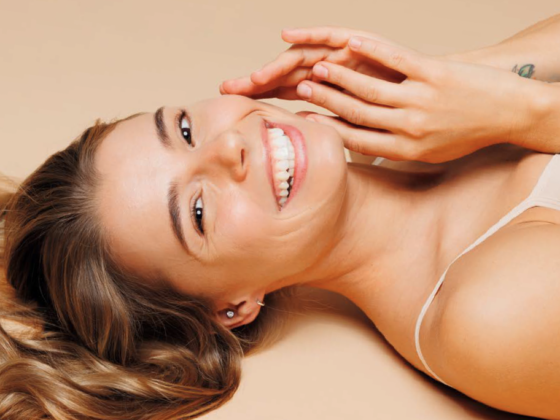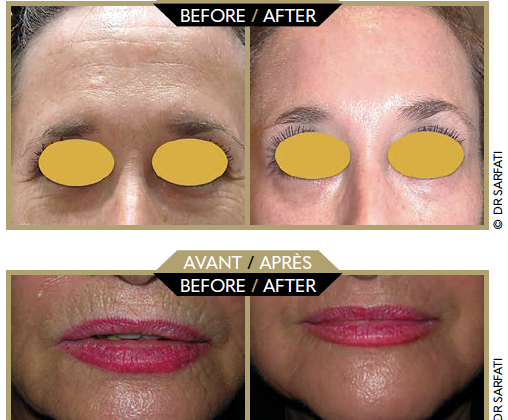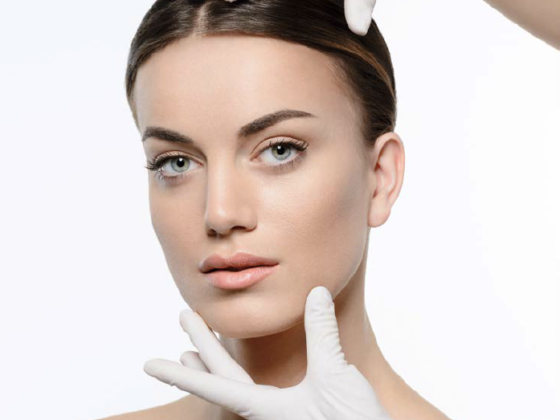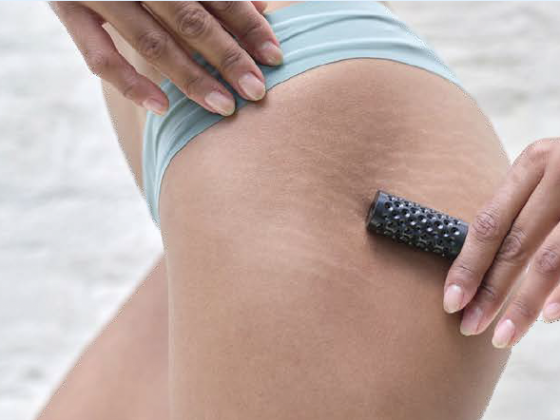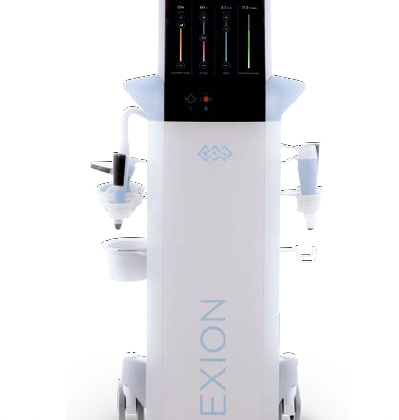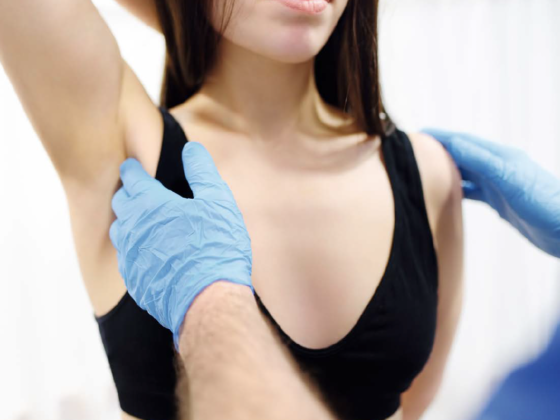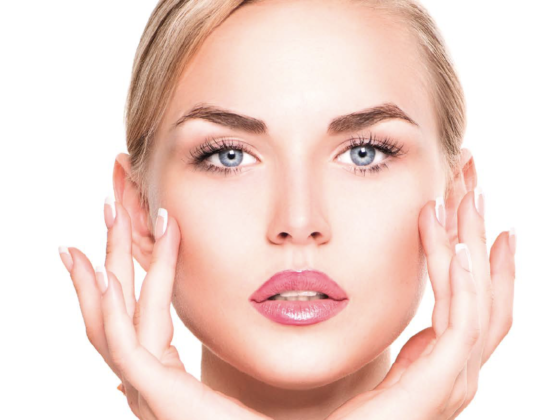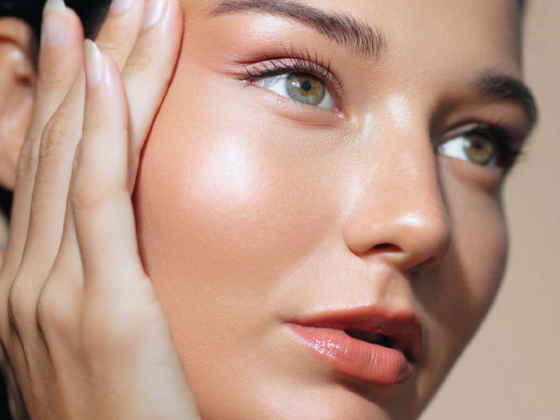Dr Dominique Aknin
Progress for women’s wellness
Thanks to the advances made in aesthetic medicine, a number of non-invasive solutions now enable us to restore the aesthetic and comfort of a woman’s intimate area without resorting to surgery, with a very positive impact on the patients’ physical and psychological wellbeing. The different stages of a woman’s life – childbirth, hormone fluctuations, menopause – as well as genetic factors can alter the appearance or functioning of this area, leading to discomfort and a lack of confidence.
The increasing need for intimate aesthetic medicine is connected with a variety of symptoms. The most frequent indications include:
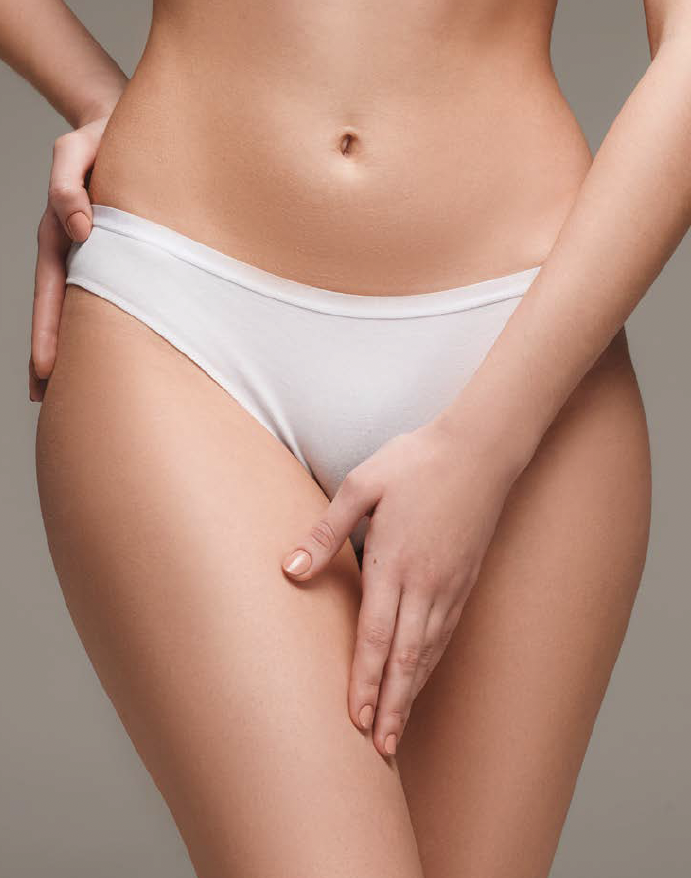
• Vulvar-vaginal sagging: With age or after childbirth, the tissues can lose their tonicity, leading to discomfort or a loss of sensation during sex.
• Vaginal atrophy: Primarily due to the menopause, it leads to dryness, pain and a loss of suppleness in the mucous membranes, and even dyspareunia.
• Pigmentation issues: Some women want to erase marks or even out and lighten the colour of their intimate area.
• The relative increase in volume of the outer lips: The loss of fat as we age can give a crumpled or sagging appearance to the outer lips, which some women want to correct.
• Vaginal hyperlaxity: Responsible for a loss of sensation and functional discomfort, such as unwanted noises.
• Moderate urinary incontinence: Stress urinary incontinence, caused by vaginal hyperlaxity, can be effectively treated with vaginal tensor threads.
To tackle these problems, aesthetic medicine offers several solutions adapted to each requirement.
Aesthetic medicine techniques for the intimate area
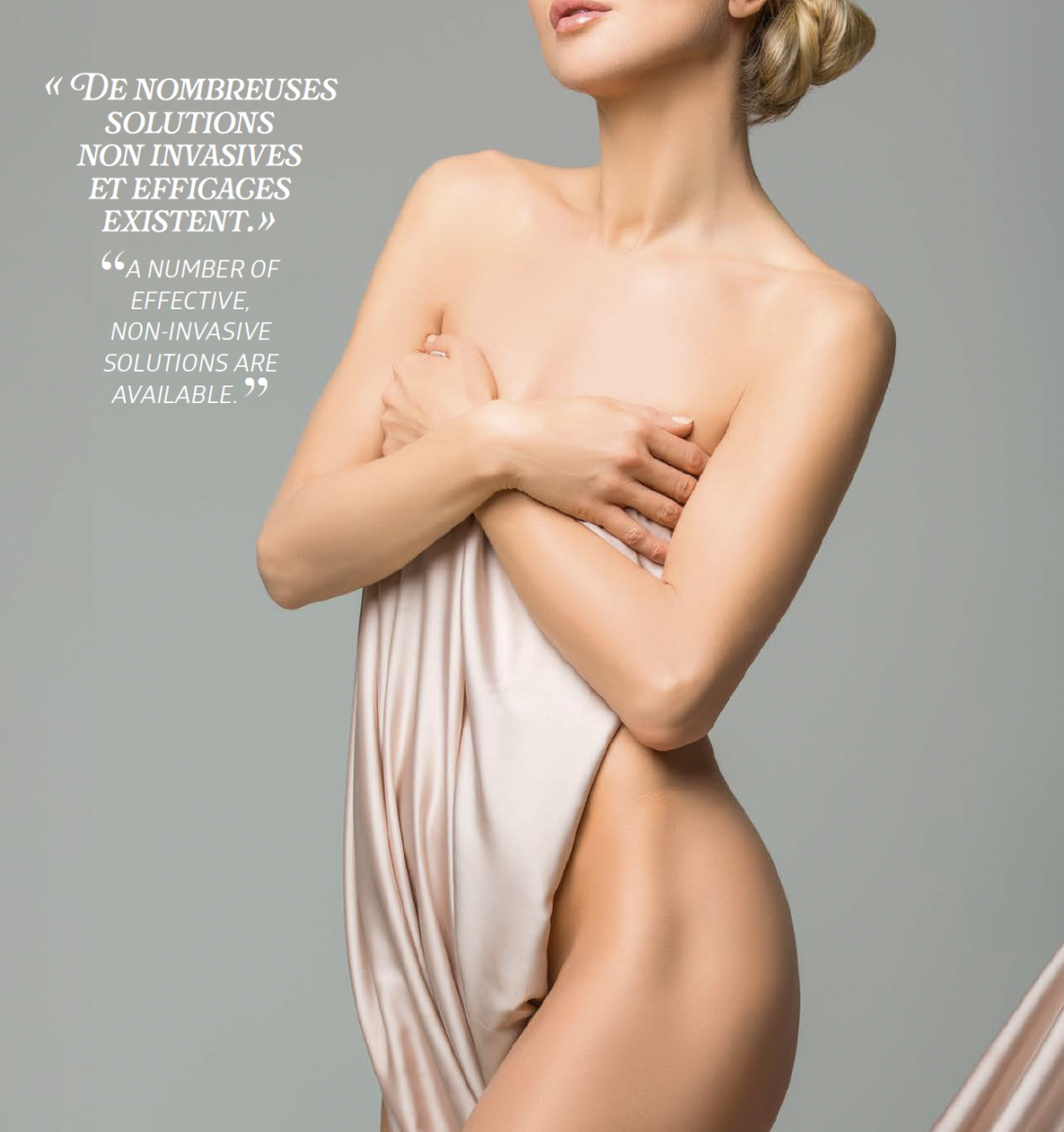
1. Hyaluronic acid injections
Hyaluronic acid is the flagship product in aesthetic medicine. It is used for the intimate area at two specific concentrations, indicated for:
• Injecting the outer lips to boost their volume and improve their appearance by replacing the lost fat, which hides the inner lips and closes the vaginal opening.
• Injecting into the posterior vaginal wall in order to improve the hydration and elasticity of the mucous membranes, reducing dryness and discomfort.
The injections are quick (under 30 minutes), pain-free thanks to the local anaesthetic, and the results are visible immediately and last for around 12 to 18 months.
2. Lasers and radiofrequency
These technologies are used to stimulate collagen production and improve the tonicity of the vaginal tissues.
• Fractional CO₂ laser: This brings about the reshaping of the conjunctive tissue by creating controlled thermal micro-lesions in the vaginal wall, from which healthy mucous membrane will regenerate itself by cellular induction. It also boosts the revascularisation of the mucous membrane, stimulating the formation of new micro-vessels, which are important for reactivating lubrication.
• Radiofrequency: Treats vaginal hyperlaxity. The very high frequency electromagnetic waves emitted through the skin cause the deep layers of the mucous membranes to heat up, making them firmer, tighter and better hydrated.
These techniques are particularly indicated for vaginal atrophy, dryness and tissue laxity. They are non-invasive, require several sessions and offer effective and non-invasive results.
3. PRP (Platelet-Rich Plasma)
PRP is obtained from the patient’s own blood, which is centrifuged to isolate the platelets and plasma, which are rich in growth factors, often combined with hyaluronic acid in the same tube. Injected into the intimate area, it stimulates cell regeneration and improves the lubrication and tonicity of the mucous membranes. It is used for treating vaginal dryness and to improve intimate sensitivity.
4. Treating pigmentary issues
Some women want to lighten the skin of their intimate area. Special depigmenting peels, along with suitable creams, are used to lighten the colour of the genital mucous membranes and the inner thighs.
5. Vulvar and vaginal tensor threads
These reduce the diameter of the vagina, strengthen its walls and give the vulva a lift. We use biocompatible and bioresorbable threads made up of 25% polylactic acid and 75% caprolactone. There are different types and lengths of thread to address all indications: SUI, prolapsed bladder, vaginal dilation, outer lip lift and increasing the volume of the outer lips.
Benefits and limitations of intimate aesthetic medicine
Advantages:
These are non-invasive techniques with a short recovery time. Unlike surgery, these treatments do not require a general anaesthetic. Proven results with a positive impact on quality of life. These treatments contribute to better self-esteem and improved comfort, particularly in the patients’ intimate relationships. They allow us to achieve a satisfactory improvement without any radical alterations.
Limitations and precautions
• Temporary effects: Most of the treatments require top-up sessions to maintain the results.
• Risk of side effects: Redness, temporary swelling or slight sensitivity can occur after the procedures.
• Limited indications: Some of the more severe issues, such as advanced prolapse or significant anatomical anomalies, require surgery.
Nowadays, intimate aesthetic medicine offers a variety of effective solutions to respond to women’s concerns in terms of the aesthetic and comfort of their intimate area. Thanks to innovative technologies such as hyaluronic acid, lasers, PRP and tensor threads, we can now restore the hydration, tonicity and volume and position of the tissues without resorting to surgery.
Dr Dominique Aknin

Medical gynaecologist. CES in sterility. University diploma in gynaecological ultrasound scanning. University diploma in injection and filler techniques. University diploma in anti-aging medicine.Interested in offering comprehensive care for women, their inner health and optimising their beauty capital.
More: drdominiqueaknin.fr





